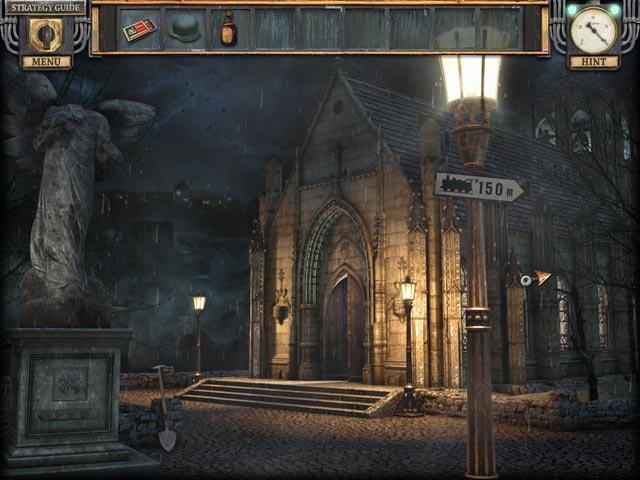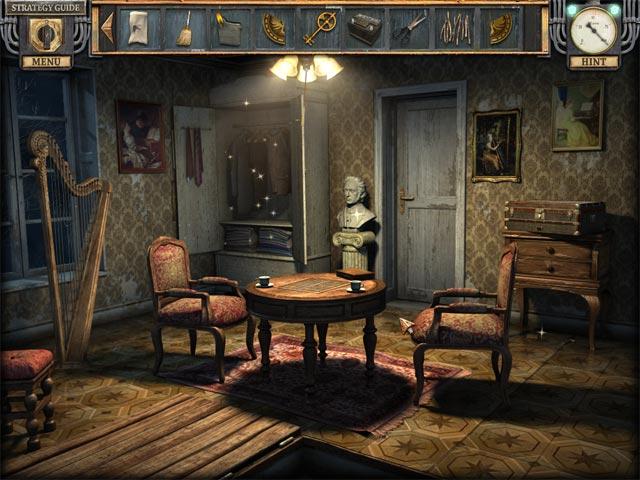- Wondering how to get Monopoly GO! free rolls? Well, you’ve come to the right place. In this guide, we provide you with a bunch of tips and tricks to get some free rolls for the hit new mobile game. We’ll …
Best Roblox Horror Games to Play Right Now – Updated Weekly
By Adele Wilson
Our Best Roblox Horror Games guide features the scariest and most creative experiences to play right now on the platform!The BEST Roblox Games of The Week – Games You Need To Play!
By Sho Roberts
Our feature shares our pick for the Best Roblox Games of the week! With our feature, we guarantee you'll find something new to play!Type Soul Clan Rarity Guide – All Legendary And Common Clans Listed!
By Nathan Ball
Wondering what your odds of rolling a particular Clan are? Wonder no more, with my handy Type Soul Clan Rarity guide.
Silent Nights: The Pianist Review
Question – why are video game heroes always the same kinds of people? They’re always commandos, cops, FBI agents, detectives, mercenaries or reporters, which for the most part, limits what we can do as them. I for one am always looking for the chance to step into the shoes of a different kind of hero, and Silent Nights: The Pianist promised to let me do just that. Unfortunately, after making that promise, it more or less failed to deliver.

A gifted singer goes missing and her brother—a gifted pianist—goes in search of her
Question – why are video game heroes always the same kinds of people? They’re always commandos, cops, FBI agents, detectives, mercenaries or reporters, which for the most part, limits what we can do as them. I for one am always looking for the chance to step into the shoes of a different kind of hero, and Silent Nights: The Pianist promised to let me do just that. Unfortunately, after making that promise, it more or less failed to deliver.
Now, I realize this statement might contradict the decent score I’m giving the game. The rationale behind that is while The Pianist failed to be as different as I’d hoped it would be, it still proved to be a well-made and entertaining game. So although I found its lack of creative follow-through disappointing, I decided that giving the game an excessively low score would be unfair.

The game’s story begins in France in 1946 as you (the titular pianist) are headed to a small village to meet up with your sister Yvette. Yvette’s a gifted singer and the two of you are set to perform a concert, but upon arriving at your Uncle Albert’s country inn, you discover Yvette’s been abducted by a mysterious hooded figure. (Sigh…really? What is it with hidden object games’ love of mysterious hooded figures?) Naturally, you resolve to find her, and there’s where the possibility of having a different sort of interactive experience goes right out the window.
From that point on, you’re a pianist in name only, and in truth, become just another detective/FBI agent/investigative reporter pursuing an elusive villain. In light of that, it seems as if developer Dark Blue Games tried to be creative by putting both the inventory bar and the hint button at the top of the screen. If you’re like me though, and used to finding those things at the bottom of the screen, you’ll find this arrangement more inconvenient than creative.

Small inconveniences and transforming heroes aside, The Pianist goes on to play like a familiar mystery complete with family secrets, sinister conspiracies and melodramatic confrontations. The graphics are nice enough, but the best thing about the game is its puzzles. By using things like swing meters and music Dark Blue has come up with a few new puzzle designs here, and these refreshing little mini-games demonstrate that against the genre’s less-creative consensus, it really is possible to do something new. After the puzzles, the next best thing about the game is its unusually dynamic ending. Rarely is there much sense of jeopardy in a hidden object game, but the last few minutes of this one actually manage to create some pretty good tension.
Once you’ve completed the main game, a bonus chapter opens up in the Collector’s Edition that, while fun, serves as yet another example of failed potential. The storyline, which runs parallel to that of the main game (and tells the events from the perspective of Yvette, the pianist’s sister), indulges in a lot of item and location re-use, and compared to the average Collector’s Edition bonus chapter is disappointingly short. And while the game does have a strategy guide, the other Collector’s Edition extras are a bit of a let-down. All you get are a few music clips, a few lackluster wallpapers, and a small gallery of questionable concept art (I say “questionable” because the sketches appear to have been traced over screenshots of previously-made 3D models).
Silent Nights: The Pianist has some nice graphics and its unusual puzzles make it worth playing. The problem is, the game fails to deliver on its promise of an innovative storyline and ends up falling back on the tried-and-true detective/villain formula. In addition to that, while it’s meant to be a Collector’s Edition, its thin bonus content doesn’t really justify the Collector’s Edition price.

The good

The bad
More articles...
Monopoly GO! Free Rolls – Links For Free Dice
By Glen Fox
Wondering how to get Monopoly GO! free rolls? Well, you’ve come to the right place. In this guide, we provide you with a bunch of tips and tricks to get some free rolls for the hit new mobile game. We’ll …Best Roblox Horror Games to Play Right Now – Updated Weekly
By Adele Wilson
Our Best Roblox Horror Games guide features the scariest and most creative experiences to play right now on the platform!The BEST Roblox Games of The Week – Games You Need To Play!
By Sho Roberts
Our feature shares our pick for the Best Roblox Games of the week! With our feature, we guarantee you'll find something new to play!Type Soul Clan Rarity Guide – All Legendary And Common Clans Listed!
By Nathan Ball
Wondering what your odds of rolling a particular Clan are? Wonder no more, with my handy Type Soul Clan Rarity guide.







